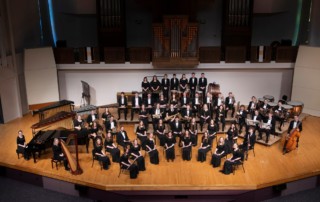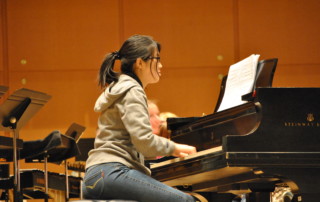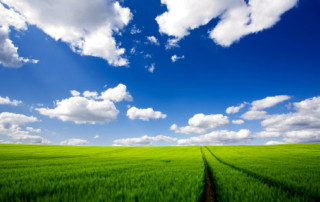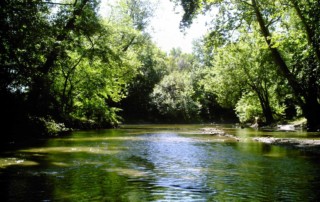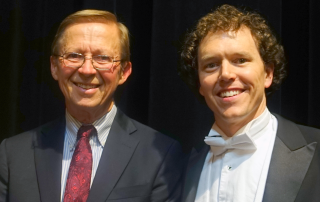Maslanka Weekly: Best of the Web – No. 91, David’s Symphonies Around the World
Maslanka Weekly highlights excellent performances of David Maslanka’s music from around the web. This week, we travel from the corn fields of Iowa - to the exciting streets of Paris - to the historic sights of northern Portugal to feature three new performances of favorite symphonies: Symphony No. 9, Symphony No. 10, and Symphony No. 5.
